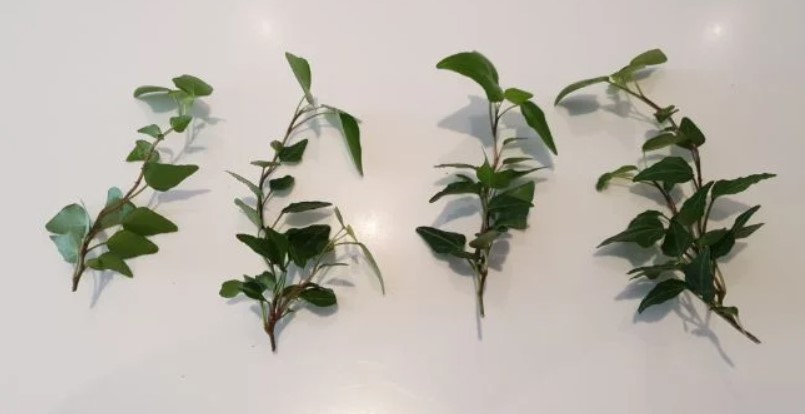Everyone loves to grow those plants that do not need much attention and add noticeable beauty to your lawn. English Ivy is among one of them. You plant the Ivy, and it grows heavily throughout the year with your little attention. Moreover, this plant enhances the overall look of your garden and helps you decorate your indoor green area without making much effort.
The plant loves to grow on a large surface of the ground to cover the surface; what you have to do is to learn how to spread your single English Ivy plant to a broader space and cover your garden with beautiful dark green leaves. Here we are, to give you a surplus of knowledge about how to propagate your English Ivy in your garden to help you be confident while propagating.
Contents
How to Propagate English Ivy
The spreading of a plant to a larger area is known as propagation. Propagation of English Ivy is faster and easier as compared to other plants. There are two methods of propagation known in English Ivy;
- Propagation Via Water
- Propagation Via Cuttings
1. Propagation Via Cuttings
It is convenient and easy to apply this method to spread your Ivy plant on a large area. Understand the description below attentively so that you can quickly grow ivy in your garden with your own hands.
You need to have;
- Ivy cuttings from healthy parent plants
- Fertilized organic soil
- Scissors
- Pots
- Water
Procedure
Select a healthy, already grown plant of English Ivy from your lawn. From this, you will cut the cuttings. Cut various cuttings of 5 to 6 inches long each. Try to choose the plant which is not old or very young at the very beginning of its age. Focus on making the cuttings just below the node, a place from where the leaves appear.

After making the cuttings, take out the leaves from the last few inches above the nodes of the cuttings you have made. And leave a few leaves on the top of the cuttings. Dip the end of the cutting in the rooting hormone if you have it. Prepare a mixture of soil and organic fertilizer. Put this mixture in a pot and fix the cutting in it.
Fix the cutting in the soil with a gap between them and fix it to stand straight in it. Press the soil from the surroundings. Water the plant and wait for the development of roots and leaves. In this way, you can spread your plant anywhere.
You will see the roots within three weeks, and the plant would be able to shift from this pot to another bigger pot or ground within five weeks.
2. Propagation via Water
It is the simplest method of propagation in Ivy plants. It doesn't involve tricky science. Read the following details carefully and perform the propagation through water confidently.
You need to have;
- Cuttings from healthy plant
- Water
- Container
Procedure
Make the cuttings of the plant as described above. I am briefly describing, here again, you need to make numerous cuttings from the parent plant with sharp scissors, just above the nodes. Peel off the leaves from the lower part of the stem and leave some leaves on top of the cutting. In this way, you will get many cuttings of 5 to 7 inches.
You can make long cuttings, but this length is considered an ideal length. Additionally, try to get cuttings that have nodes in them; it's ok if there are no nodes, water will help to create the nodes themselves. Put clean water in the container and place cuttings in it. Ensure the nodes are dipped in the water. This is the place from where the roots will grow.
Place this container in bright light near the window. Do not place the container directly in the sunlight; it will harm the stem. Check the water weekly so that you can change it if it gets dirty. Ensure you are not damaging the roots, stems, or nodes during the changing of the water. Add little water regularly on the top of the container to ensure your nodes are entirely under the water.
Within two to three weeks, the roots will start to grow, and you can transplant the plant from the container to another place within 5 to 6 weeks.
FAQs
Can Ivy live in just water?
How is English Ivy commercially propagated?
Can you propagate English Ivy in water?
Conclusion
English Ivy is an attractive and straightforward plant to grow indoors and outdoors. It helps you in making your garden look more natural and beautiful. You can breed the plant on a more extensive lawn by multiplying it through water and multiplying it through cuttings. Both procedures are simple methods and only need some basic knowledge and confidence to get the best results. Learn the article thoroughly to be confident enough to propagate a single English ivy plant of your garden into multiple ivy's.

